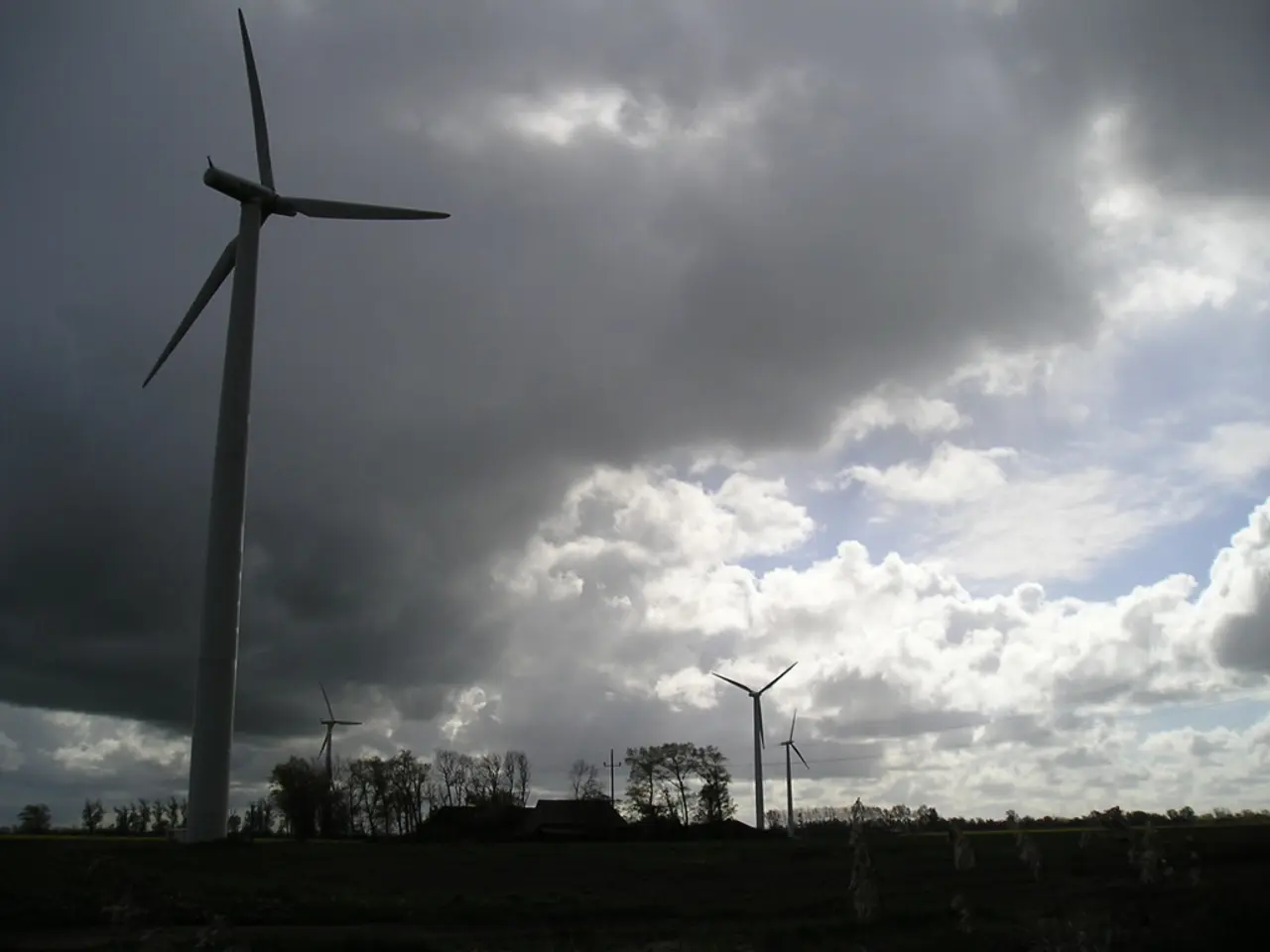Shifting Gears in the Global Economy: The Rise of BRICS Over G7
Blossoming urban landscapes and financial ventures reshaping cityscapes globally
BRICS and its associated nations are gaining momentum as a driving force in the global economy, as per Oreshkin's remarks. He likens this emergence to significant economic cycles that have shaped progress since the mid-20th century, such as the Marshall Plan and Japan's economic miracle. The third cycle, as Oreshkin sees it, is anchored by the newly industrialized countries that have experienced growth and development through industrialization and export-orientation.
Leading this new wave is BRICS, whose dominance in the global economy surpasses that of the G7 grouping. Oreshkin highlights key characteristics of BRICS such as rapidly expanding markets and substantial urbanization potential. He stresses the need for well-established technological achievements, trade and financial systems, and investment mechanisms for a wave to materialize, and notes a shift in these leading solutions towards BRICS countries. He points out China's prominence in areas like robotics, artificial intelligence, and electronics; India and the UAE's prowess in software development and fintech; and Russia's strength in energy and unmanned technologies.
Oreshkin suggests that nations with lower levels of urbanization, like Ethiopia, Nigeria, and Pakistan, have significant development potential and require large infrastructure investments. India, a global economic heavyweight with high GDP growth rates (6.5% in 2024 and 6.2% in 2025, according to IMF data), remains one such nation, as it moves towards at least a global average level of urbanization. This would require building around 30 cities from scratch over the coming decades, as Oreshkin estimates.
As Russia pursues large-scale infrastructure projects domestically and globally, Oreshkin cites selected initiatives like the development of the Northern Sea Route and the project to modernize 200 cities, which encompasses the creation of modern infrastructure and fostering human potential. He also acknowledges China's far-reaching "One Belt, One Road" initiative, which engages in implementing numerous infrastructure projects worldwide. "In fact, if you look at it, infrastructure development in the economies of Europe and the USA has practically stopped," Oreshkin asserts.
Trade Rivals: BRICS and the West
The US has approximately 5,000 data processing centers, whereas BRICS countries collectively have around a thousand. However, China alone outshines the US in the number of AI patents, accounting for 70% of the global total compared to the US's 15%. This shift has prompted the US to impose tariffs on China and other countries in an attempt to compel American and foreign developers to relocate to the US, as per Novikova, an Associate Professor at the Department of Economic Theory of the Plekhanov Russian University of Economics. She posits that this move is a response to the growing realization that the BRICS countries will likely form a powerful alliance capable of dictating terms and setting rules for the world economy.
Novikova warns that this potential rise of BRICS could be thwarted by political meddling from the West, which may employ "crafty maneuvers" between BRICS economies, offering preferential treatment to some while threatening additional sanctions against others.
BRICS countries have thrived under conditions of free trade and an open world with minimal barriers and tariffs, asserts Anton Tabakh, Chief Economist at Expert RA rating agency. However, the future of this development remains uncertain in a climate less favorable to free trade, and he raises concerns over additional hurdles such as poverty, poor human capital quality, and external sanctions in India; accumulated financial problems and the "middle-income trap" in China; and population aging and poor demographics in Russia.
Mikhail Rasstrigin, First Deputy Director General of the Center for Strategic Research, maintains that the global economic center of gravity is moving towards Asia, and downplaying BRICS' contribution to global economic growth shows a lack of foresight. He believes that it is the BRICS nations that will be the primary drivers of global economic growth over the next ten years, with their combined contribution to global development surpassing that of the G7 during this period. Rasstrigin predicts that BRICS' total GDP will surpass that of G7 by 2045.
Follow our Telegram channel @expert_mag for more news
- #Maxim Oreshkin
- #BRICS
- #Global Economy
- #Global Agenda
- #Free Trade
- #Power Struggle
- The emerging economic cycle, as Oreshkin views, is driven by newly industrialized nations, such as those in the BRICS grouping, which have propelled their growth and development through industrialization and export-orientation.
- Oreshkin emphasizes that key solutions for a wave to materialize involve established technological achievements, trade and financial systems, and investment mechanisms, with a shift towards these solutions being visible in BRICS countries.
- In addition to China's dominance in areas like robotics, artificial intelligence, and electronics, India and the UAE are highlighted for their prowess in software development and fintech, respectively, within the BRICS context.
- Novikova raises the possibility of Western political meddling as a potential threat to the growth of BRICS, warning that such maneuvers could undermine the formation of a powerful alliance capable of shaping the world's economic terms and rules.




